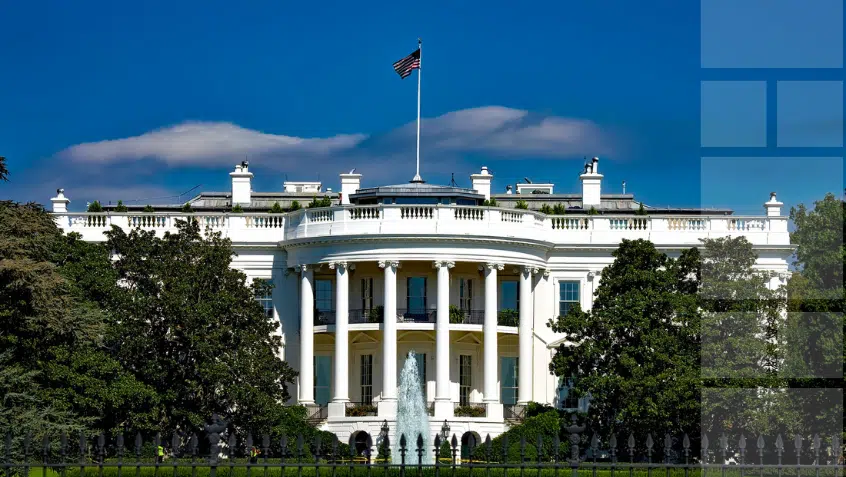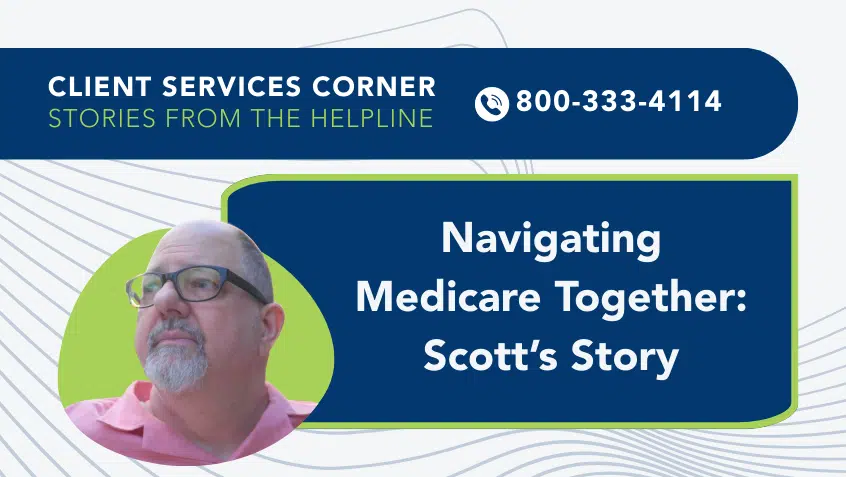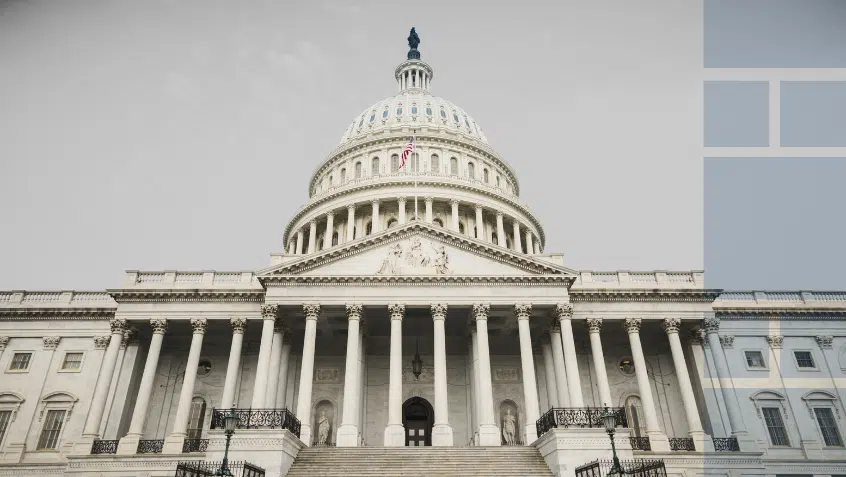Join Us Live for a Discussion on Medicare, Democracy, and the Future of Health Care
New Tools to Improve Access to Medicare Part D Financial Assistance

For many low-income Medicare beneficiaries, the Part D Low-Income Subsidy (LIS) program (also called “Extra Help”) can be a lifeline, helping them afford needed prescription drugs. Under the Inflation Reduction Act (IRA), more enrollees—those with incomes between 135% and 150% of the federal poverty level (FPL)—may qualify for full assistance beginning January 1, 2024.
Currently, LIS has two benefit tiers: full and partial. Each offers different levels of assistance, based on beneficiary income and assets:
- Full LIS: Medicare enrollees with limited assets ($10,590 in 2023) and incomes below 135% FPL ($19,683 in 2023) are eligible for the full LIS benefit. They pay no Part D premium or deductible, and modest copayments for prescription drugs until they reach the catastrophic threshold ($7,400 in 2023). At that point they face no additional cost sharing.
- Partial LIS: Medicare beneficiaries with limited assets ($16,660 in 2023) and incomes between 135% and 150% FPL ($21,870 in 2023) can qualify for partial LIS. They may have no or limited Part D premiums (depending on income) and a deductible (up to $104 in 2023). They pay 15% coinsurance until they reach the catastrophic threshold and modest copayments thereafter.
Beginning in January, the IRA eliminates the partial LIS benefit and extends the full subsidy to that cohort. As a result, in 2024, Medicare beneficiaries with incomes below 150% of poverty and assets within the partial LIS limits can qualify for access to Part D plans with no premiums or deductibles and modest co-pays.
This shift will save the estimated 400,000 Part D enrollees currently receiving partial LIS benefits, a disproportionate number of whom are Black and Hispanic, $300 per year on average. Enrollees who take expensive specialty drugs, for whom the partial subsidy’s coinsurance could be particularly burdensome, may see even greater savings.
Outreach about these changes could help even more. Publicity around the IRA and the expansion provides a chance to increase LIS awareness and enrollment—now and in 2024. Currently, nearly 3.5 million Medicare beneficiaries are LIS-eligible but not enrolled. Since the IRA’s income and asset limits are no more restrictive than under current law, the sooner they enroll, the better.
Medicare Rights applauds recent efforts by the U.S. Department of Health and Human Services (HHS) to reach these individuals and improve LIS uptake. Strategies unveiled this week include new data on beneficiaries likely eligible for but not enrolled in Extra Help; an outreach toolkit, including social media content – PDF and a consumer-friendly article – PDF; and a dedicated Extra Help webpage on Medicare.gov.
In addition, the Administration for Community Living (ACL) will concentrate on LIS-eligible beneficiaries in rural and underserved communities, working with grantees in the Medicare Improvement for Patients and Providers Act (MIPPA) program and the State Health Insurance Assistance Program (SHIP) to boost education and enrollment.
Federal agency and other campaigns could be even more impactful if coupled with information about Medicare Savings Program (MSP) eligibility. MSPs can help low-income Medicare enrollees pay Part A and Part B costs. Like LIS, it is critical but under-utilized; as many as 3.3 million people are missing out on MSP assistance. LIS and MSP share goals, populations, and enrollment challenges; combined messaging would maximize opportunities for beneficiary awareness and participation.
We welcome the newly released HHS tools and strategies and will continue working to improve LIS and MSP enrollment and the underlying programs. We encourage stakeholders and policymakers to prioritize beneficiary access to Medicare’s financial assistance programs, during the IRA’s LIS expansion and beyond.
Read the HHS Fact Sheet, Biden-Harris Administration Announces New Tools to Lower Prescription Drug Costs for Low-Income Seniors and People with Disabilities
Read more about improving Extra Help and the Medicare Savings Programs.
Show Comments
We welcome thoughtful, respectful discussion on our website. To maintain a safe and constructive environment, comments that include profanity or violent, threatening language will be hidden. We may ban commentors who repeatedly cross these guidelines.
Help Us Protect & Strengthen Medicare
Donate today and make a lasting impact
More than 67 million people rely on Medicare—but many still face barriers to the care they need. With your support, we provide free, unbiased help to people navigating Medicare and work across the country with federal and state advocates to protect Medicare’s future and address the needs of those it serves.
The Latest
Most Read
Add Medicare to Your Inbox
Sign up to receive Medicare news, policy developments, and other useful updates from the Medicare Rights.
View this profile on InstagramMedicare Rights Center (@medicarerights) • Instagram photos and videos









